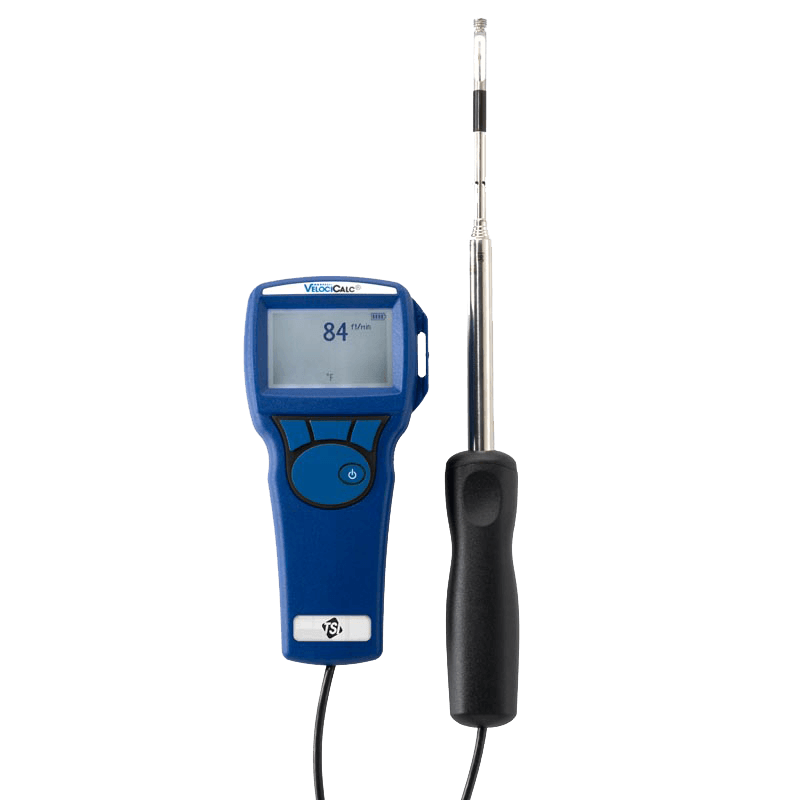How an Anemometer Can Boost Your Weather Surveillance System
Discovering the Functions and Advantages of Anemometers for Weather Fanatics and Experts
From cup anemometers to sonic anemometers, each type brings its special set of benefits and applications, dropping light on various aspects of atmospheric conditions. As we delve right into the features and benefits of anemometers, a deeper understanding emerges not only of dominating weather sensations but also of the broader ramifications for markets like wind power production and ecological study.
Relevance of Anemometers in Climate Tracking
Anemometers play an important role in climate tracking by supplying exact measurements of wind speed, helping in forecasting and understanding weather condition patterns. These tools, ranging from traditional cup anemometers to modern ultrasonic anemometers, are crucial for meteorologists, researchers, and weather enthusiasts alike. By gauging wind rate, anemometers aid in identifying the strength of climate phenomena such as twisters, tornados, and hurricanes. Furthermore, they offer useful information for aviation, maritime operations, and various markets that are sensitive to wind problems.

Sorts Of Anemometers and Their Applications
The most usual types of anemometers include cup anemometers, vane anemometers, hot-wire anemometers, and ultrasonic anemometers. Cup anemometers consist of 3 or four cups placed on straight arms that revolve with the wind, gauging its speed. Vane anemometers, on the other hand, utilize an openly turning vane to align with the wind direction, giving both wind speed and direction measurements.
Each kind of anemometer has its unique benefits and applications. Mug anemometers are appropriate and robust for basic weather condition monitoring, while vane anemometers are favored for directional dimensions. Hot-wire anemometers are sensitive to low air rates, making them excellent for indoor atmospheres. Ultrasonic anemometers are non-intrusive and use high precision, often made use of in study and specialized weather condition tracking applications. Understanding the qualities and applications of each kind of anemometer is essential for choosing the most suitable tool for specific climate keeping an eye on demands.
Benefits of Using Anemometers in Projecting
In meteorology, the use of anemometers provides important benefits for enhancing the precision of weather condition forecasting. Anemometers determine wind rate and direction, offering important information for predicting weather patterns. By incorporating wind information right into projecting versions, meteorologists can better understand the motion of weather condition systems, expect adjustments in weather, and issue much more accurate projections.
Additionally, anemometers play a vital function in examining prospective weather hazards. Keeping track of wind rates helps forecasters forecast serious weather condition occasions such as typhoons, hurricanes, and winter months tornados with greater accuracy. This very early caution system makes it possible for authorities to release prompt notifies and execute required safety and security measures, decreasing the threats to life and property.
Additionally, anemometers assist in optimizing renewable resource manufacturing. By evaluating wind patterns, meteorologists can determine appropriate locations for great site wind farms and predict energy output, adding to the effective generation of wind power.

Anemometers in Wind Power Production
Offered the essential duty anemometers play in providing precise wind data for climate projecting and hazard evaluation, their relevance reaches the world of wind energy production. Anemometers are necessary instruments in the area of wind power, this link where the dimension of wind rate and direction is critical for identifying the usefulness and effectiveness of wind generator installations. By precisely determining wind rates at varying heights, anemometers help enhance the placement and design of wind generators to take full advantage of power result.
In wind farms, anemometers are strategically placed to collect real-time wind information that is made use of to analyze the potential power manufacturing of a website. This information is important in determining the financial viability of wind energy tasks and in forecasting power generation to make sure grid stability. Additionally, anemometers aid in monitoring wind problems to optimize generator performance, avoid damage from high winds, and guarantee the safety of workers functioning in the area of wind generators.
Enhancing Weather Condition Comprehending With Anemometers

Anemometers play an essential function in enhancing our understanding of microclimates. These localized weather condition conditions can differ substantially from more comprehensive local forecasts, making it important to have precise information for details areas. anemometer. By strategically putting anemometers in different locations, scientists can collect thorough details on just how wind behaves in various surfaces, urban atmospheres, or bodies of water
Moreover, anemometers contribute to linked here enhancing climate projecting models by offering real-time information on wind actions. This information is particularly beneficial for predicting extreme weather condition occasions, optimizing farming techniques, and supporting sectors like aviation and maritime navigating. Generally, anemometers are vital instruments that allow us to dive deeper into the intricacies of climate systems, inevitably bring about even more better-informed decisions and accurate predictions.
Conclusion
In conclusion, anemometers play an important duty in weather condition surveillance and projecting by gauging wind rate and direction. Anemometers likewise have applications in wind energy manufacturing, more highlighting their relevance in both weather forecasting and eco-friendly energy fields.
From mug anemometers to sonic anemometers, each kind brings its one-of-a-kind collection of benefits and applications, dropping light on numerous aspects of atmospheric problems. These tools, ranging from traditional mug anemometers to contemporary ultrasonic anemometers, are crucial for meteorologists, scientists, and climate lovers alike. The most usual types of anemometers include mug anemometers, vane anemometers, hot-wire anemometers, and ultrasonic anemometers. Cup anemometers are durable and ideal for general climate surveillance, while vane anemometers are preferred for directional measurements. Anemometers are essential tools in the field of wind power, where the measurement of wind rate and instructions is vital for determining the expediency and performance of wind turbine installations.